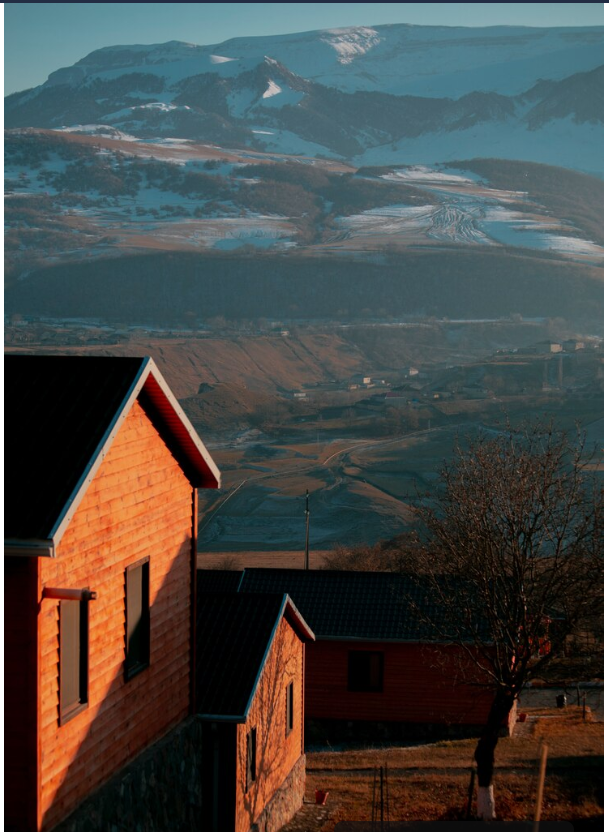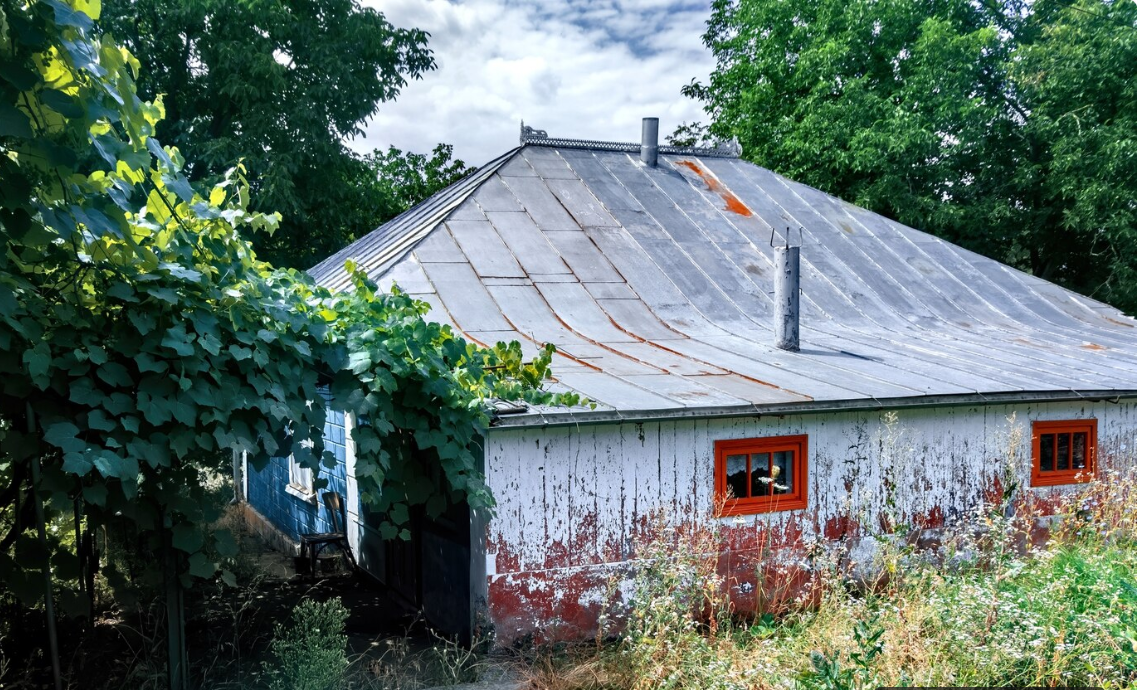RoofCont provides expert roofing, siding and contractor services, specializing in installations, repairs, and replacements for residential and commercial properties.
RoofCont provides expert roofing, siding and contractor services, specializing in installations, repairs, and replacements for residential and commercial properties.

Residential roofs vary in design, ranging from simple gable styles to complex structures with multiple angles and pitches. Among these, a low slope roof stands out due to its distinct design and functional requirements. Unlike steep-pitched roofs that easily shed water, low slope roofs have a gentle pitch—making them less common in residential construction. Because of their uncommon use, many homeowners are unfamiliar with how low slope roofs function or why they need special attention. These roofs require unique materials and installation methods to prevent water damage, as standard options like asphalt shingles won’t work.
Understanding what a low slope roof is, why shingles aren’t suitable, and which materials are best for this type of design is essential—especially when dealing with home additions, porches, or flat roof sections. In this article, we’ll break it all down, starting with the basics of roof pitch and ending with the best material choices to ensure long-lasting protection.
A low slope roof has a pitch of less than 2:12, meaning it rises less than 2 inches for every 12 inches of horizontal run. Because of the minimal incline, water doesn’t drain efficiently, increasing the risk of pooling and leaks. This makes it unsuitable for traditional materials like asphalt shingles.Instead, low slope roofs require specialized materials such as TPO, EPDM, or modified bitumen,which provide better waterproofing. Common in commercial buildings and some home additions, these roofs must be carefully designed and installed to ensure durability and proper drainage.

Traditional asphalt shingles are generally not recommended for low-slope roofs due to their limited water-shedding capability. However, there are several specialized alternatives designed specifically for low-slope applications. Each material offers distinct advantages based on performance, installation method, and environmental conditions. Here’s a breakdown of the most commonly used flat roofing systems:
Single-ply roofing systems consist of flexible sheets made from synthetic polymers or rubber compounds. These systems are favored in commercial and residential flat roofing due to their lightweight design, energy efficiency, and ease of installation without the use of hot asphalt or torches. The most common single-ply membrane types include:
A synthetic rubber membrane offering excellent durability and flexibility. EPDM is resistant to UV rays, ozone, and weathering. It performs well in cold climates and is relatively easy to repair. However, the standard black surface may increase heat absorption, although reflective white versions are available.
A single-ply membrane combining the benefits of rubber roofing with heat-weldable seams. TPO is known for its bright, reflective surface which contributes to energy savings. It resists chemical exposure and punctures but varies in quality depending on the manufacturer.
A plastic-based roofing membrane offering superior resistance to fire, chemicals, and water intrusion. PVC has high reflectivity and a long service life but comes at a higher cost. Proper installation is essential to avoid shrinkage over time.
Built-up roofing, commonly referred to as BUR, consists of alternating layers of bitumen and reinforcing fabrics applied in multiple plies. Often finished with gravel or reflective coatings, BUR systems have a long-standing reputation for performance.
Advantages:
Considerations:
Modified bitumen roofing improves upon BUR technology by combining asphalt with modifiers like SBS (Styrene-Butadiene-Styrene) or APP (Atactic Polypropylene) for enhanced performance and flexibility. It can be applied using cold adhesives, heat welding, or self-adhesive sheets.
Advantages:
Considerations:
While traditionally associated with steep-slope applications, certain metal roofing systems can be engineered for low-slope use. These are typically standing seam or mechanically seamed panels made from steel, aluminum, or zinc.
Advantages:
Considerations:

When it comes to choosing the right roofing material for a low-slope roof, there is no one-size-fits-all solution. The performance, longevity, and cost of your roofing system depend on a variety of factors. Here’s what you should consider before making a decision:
Your local climate plays a major role in determining which material will offer the best performance. For instance:
Choosing a material that aligns with the environmental demands of your area ensures better durability and fewer repairs over time.
The function and structure of the building can influence your roofing choices:
Additionally, the roof’s shape, slope, and accessibility should be factored into your decision, as some materials are better suited to certain architectural designs.
Initial costs are important, but don’t overlook the long-term value:
Evaluate both short-term affordability and long-term financial impact.
Some low-slope roofing systems are easier to install and maintain than others:
Make sure the roofing system you choose can be supported by local contractors with the right expertise.
If reducing energy consumption is a priority, consider materials that improve insulation and reflect heat:
Roofing choices can have a significant impact on your building’s environmental footprint and ongoing energy use.
Choosing the right material for a low-slope roof is crucial for ensuring long-term durability, efficient performance, and cost-effectiveness. With various options available—from single-ply membranes like EPDM, TPO, and PVC, to built-up and modified bitumen systems, as well as metal roofing—each has its own set of advantages depending on your specific needs, climate, and budget.
Understanding the factors that impact your decision, such as local weather conditions, building use, and energy efficiency priorities, will help you select the most suitable roofing material. While low-slope roofs may present unique challenges, the right materials and proper installation can prevent common issues like pooling and leaks, ensuring that your roof remains reliable and effective for years to come.
Whether you’re in need of a new installation or a roof replacement, it’s essential to work with skilled professionals who can guide you through your options and deliver high-quality service. For any low-slope roofing needs in Albany, New York, Roofcont is ready to help—contact us today for a free estimate and ensure your roof stands the test of time.
Deprecated: File Theme without comments.php is deprecated since version 3.0.0 with no alternative available. Please include a comments.php template in your theme. in /home/u737183660/domains/roofcont.com/public_html/blog/wp-includes/functions.php on line 6131